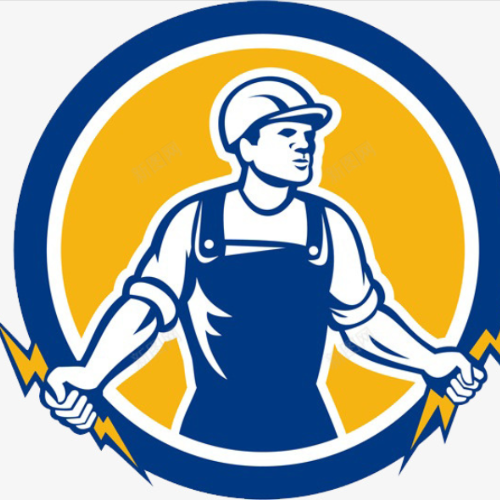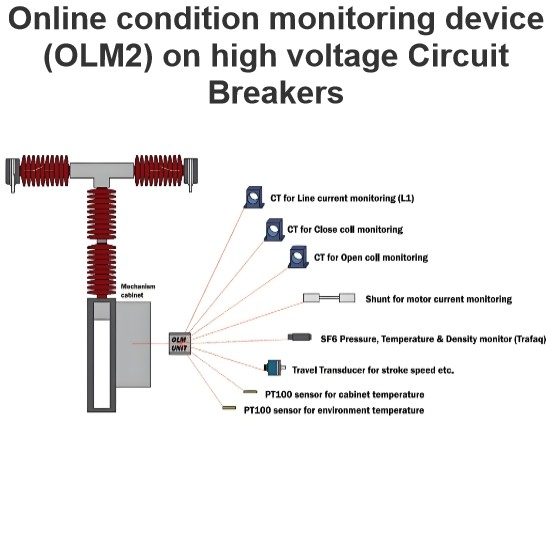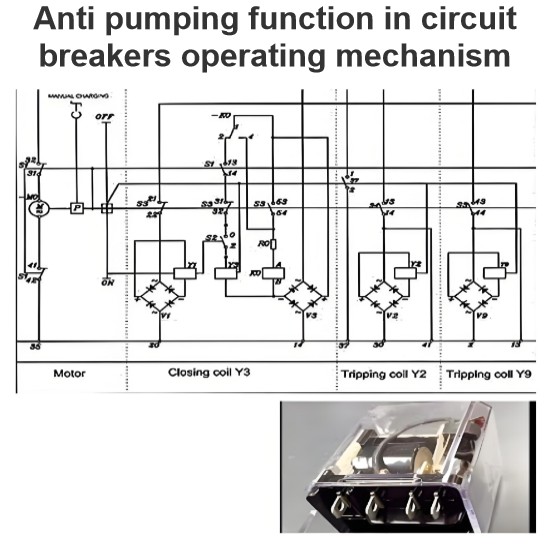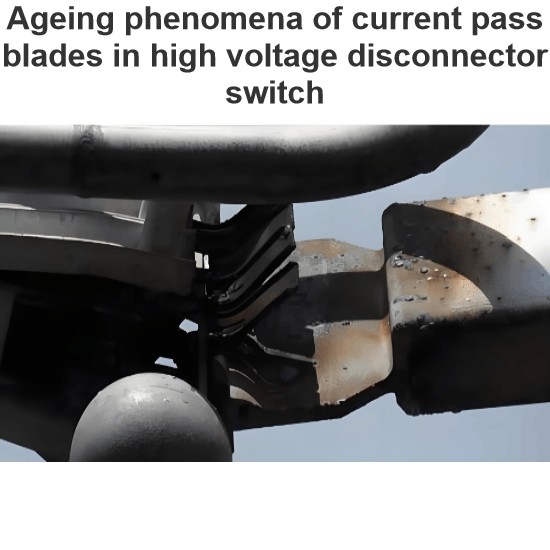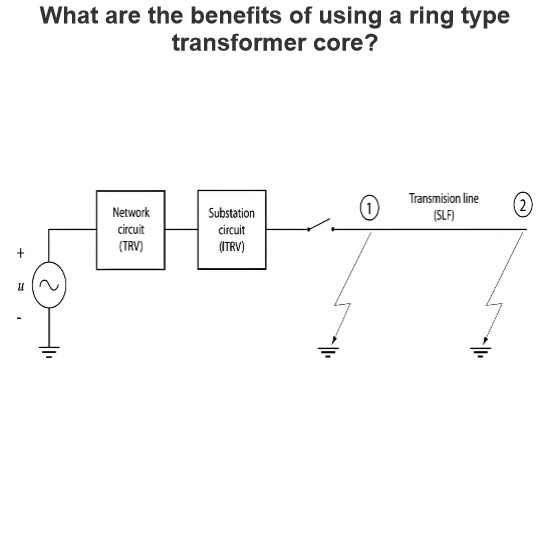Small inductive current switching condition for switchgear
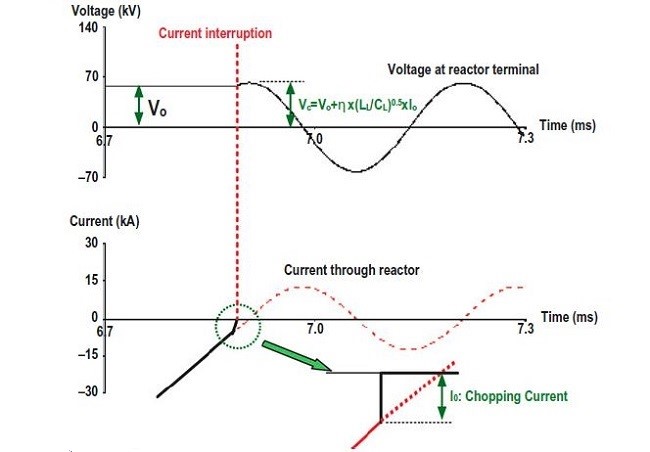
Current Chopping and Reignition in Circuit Breakers Handling Small Inductive Currents
When a circuit breaker (CB) opens or closes shunt reactor banks or unloaded power transformers, it typically switches small inductive currents, usually several tens of amperes, with a 90-degree lag relative to the voltage phase. However, these currents are often prematurely forced to zero by a phenomenon known as current chopping. This can result in chopping overvoltages and subsequent reignition overvoltages, which may cause severe consequences depending on the CB's performance and the circuit conditions.
Current Chopping Phenomenon
The typical behavior of voltage and current during current chopping is illustrated in the figure below for small inductive current interruption. When current chopping occurs, it is accompanied by an expanding high-frequency current oscillation that leads to a sudden current zero. This phenomenon is due to arc instability caused by the arc characteristics and circuit conditions.
- Arc Instability: The arc characteristic and circuit conditions lead to instability, causing the current to be abruptly interrupted before reaching its natural zero crossing.
- High-Frequency Oscillation: As the current is chopped, high-frequency oscillations occur, contributing to the abrupt cessation of the current.
Reignition Phenomenon
Another phenomenon following the interruption of small inductive currents is reignition. Circuit breakers can easily interrupt small inductive currents even with short arcing times and small contact gaps. However, the dielectric withstand strength of a CB increases with the contact gap. Therefore, a small contact gap is more prone to voltage breakdown during the transient recovery voltage (TRV) period if the TRV exceeds the dielectric withstand across the contact gap.
- Dielectric Withstand Strength: The dielectric strength of the CB improves as the contact gap increases.
- Voltage Breakdown Risk: A smaller contact gap increases the risk of voltage breakdown during the TRV period when the TRV surpasses the dielectric withstand capability of the CB.
Summary
In summary, when a circuit breaker handles small inductive currents:
- Current Chopping: Premature interruption of the current can lead to high-frequency oscillations and overvoltages.
- Reignition: After the initial interruption, there is a risk of reignition due to insufficient contact gap, leading to further overvoltages.
These phenomena can have significant impacts on the system, depending on the performance of the circuit breaker and the specific circuit conditions. Understanding and mitigating these effects are crucial for ensuring the reliable operation of electrical systems.
